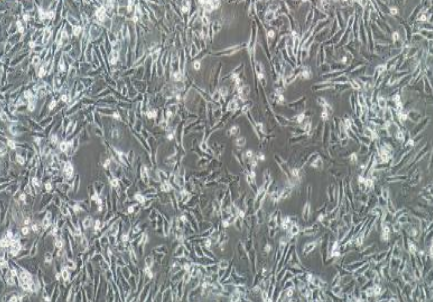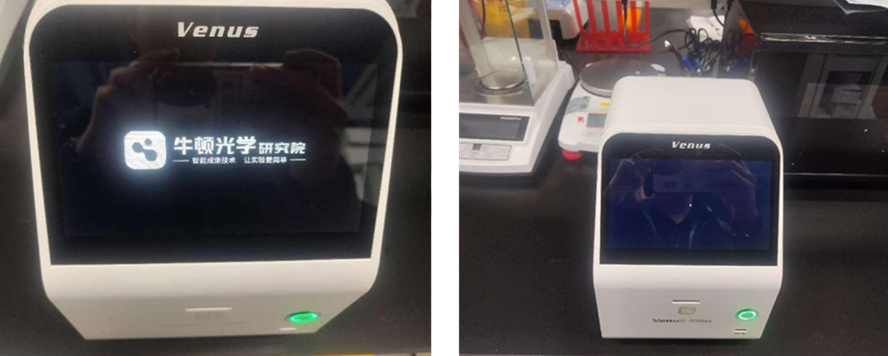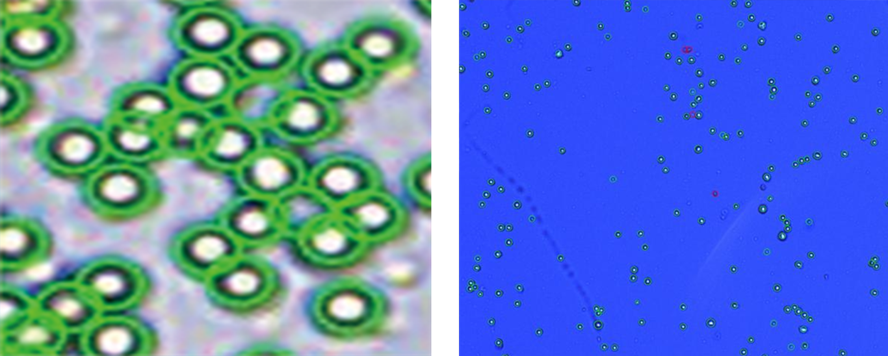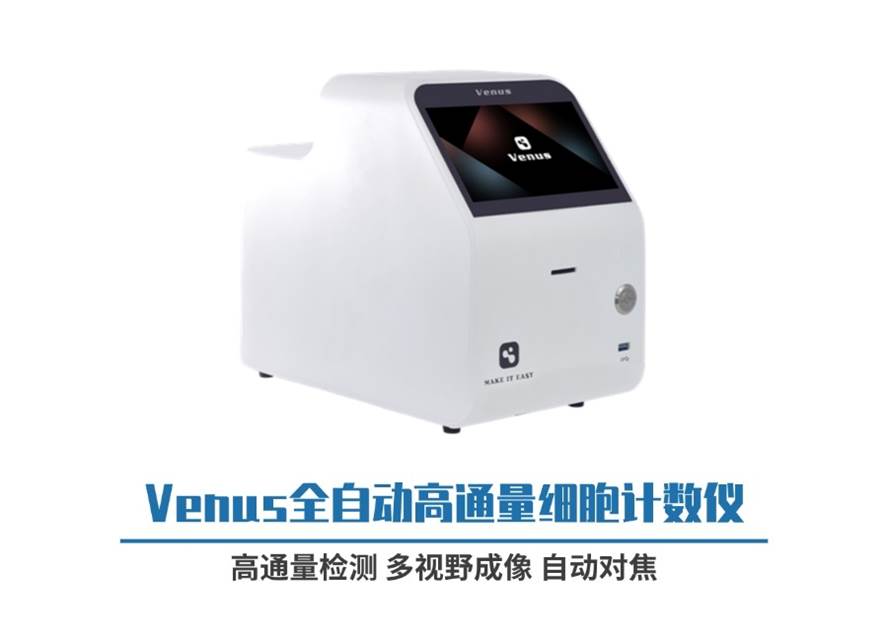Newton's Footprint: Shenzhen Bay Laboratory + Newton Optics: A Strong Alliance Brings New Breakthroughs in Human Liver Cancer Cell Analysis!
Release time:
2025-05-23
Source:
Newtonian optics
Venus fully automated high-throughput cell counter
Newton Optics
Intelligent Imaging, One-Stop Solution!

Shenzhen Bay Laboratory
01 Laboratory Introduction
Shenzhen Bay Laboratory (Guangdong Provincial Laboratory for Life Information and Biomedicine) is a major strategic deployment of Guangdong Province and Shenzhen City in building the Guangdong-Hong Kong-Macao International Technology Innovation Center and a comprehensive national science center. It is a major innovation platform fully supported by Shenzhen's actions to build a pilot demonstration area of socialism with Chinese characteristics. Shenzhen Bay Laboratory faces the frontiers of world science and technology and the health of the people. Closely following the national strategic layout, it is guided by the collaborative tackling of major scientific problems in life and health, focusing on the prevention, diagnosis, and treatment of major diseases such as tumors, metabolic and cardiovascular diseases, neurodegenerative diseases, and infectious diseases, with IT+BT integration and multidisciplinary crossovers as its characteristics ,conducting research in areas such as disease mechanisms, life information, innovative drugs, and medical imaging.
At Shenzhen Bay Laboratory, major disease problems and cutting-edge disciplinary technologies are interwoven. The matrix-style design of research units breaks down traditional disciplinary boundaries, fully promoting the advantages of interdisciplinary crossover; with dual-drive of free exploration and collaborative research, combining spot reconnaissance and positional breakthroughs, to conduct more comprehensive and precise research on life and health issues. The laboratory is committed to creating a highly efficient innovation system and a thriving innovation ecosystem, building a high-end technology support platform, promoting a transformation research paradigm for efficient allocation of innovation elements, and stimulating the creativity of various talents. The laboratory gathers the strengths of life sciences and jointly builds a collaborative innovation community in the Guangdong-Hong Kong-Macao Greater Bay Area, striving to become a world-class center for scientific and technological innovation.

02 Experimental Background
- SK-Hep-1 Cells originated from a 52 year-old male patient (hepatocellular carcinoma) with hepatocellular carcinoma tissue. Hepatocellular carcinoma is a malignant tumor that may metastasize to the abdominal cavity (ascites) during its development. Therefore, SK-Hep-1 the origin of the cells has clinical significance for liver cancer and its metastasis.
SK-Hep-1 Cell Characteristics:
- After cell culture and identification, SK-Hep-1 the cells were identified as endothelial cell-derived, with epithelial-like morphological characteristics. 。
- This cell line is aneuploid female ( XX ), with chromosomes in the sub-triploid range, showing a certain degree of chromosomal abnormalities. These chromosomal variations may reflect the genetic changes of liver cancer cells during tumor evolution and are of great significance for studying the molecular mechanisms of liver cancer.
- SK-Hep-1 Human liver cancer cells are tumorigenic in nude mice; forming large cell carcinoma consistent with liver cancer ( III grade), forming poorly differentiated adenocarcinoma in nude mice ( III grade).
- SK-Hep-1 The cells can be used for cardiovascular disease research, toxicology, and immuno-oncology.

03 Customer Pain Points
Primary cells extracted from organisms often face problems such as high impurity content and severe cell aggregation, which bring significant difficulties in cell concentration and viability analysis. When using a hemocytometer for manual counting, not only is the process time-consuming, but it is also prone to large counting errors.
Highly Efficient and Accurate Cell Analysis Solution
Newton Optics Venus When analyzing tumor cells, the Venus fully automated high-throughput cell counter can identify and distinguish individual cells and cell clusters through high-precision image counting and excellent algorithms, thereby reducing errors in the counting process. Compared with the hemocytometer, which requires 4 to 6 minutes to complete the analysis of a single sample, Venus it only takes ten seconds to easily complete the analysis of a single sample, significantly improving experimental efficiency. And based on the multi-field imaging system, a larger sample collection volume can ensure that the data results are more stable and accurate.


Newton Optics is honored to contribute to the scientific research of Shenzhen Bay Laboratory. Newton Optics aims to provide broader scientific researchers with higher quality and more convenient experimental solutions!
Product Overview

END

Guangzhou Newton Optics Research Institute Co., Ltd. Located in Tianhe, Guangzhou, it is an innovative enterprise focusing on the application of intelligent imaging technology in the field of life sciences. The company focuses on the field of cell analysis and has established a complete R&D, production, and sales system.
Newton Optics adheres to the values of integrity, responsibility, and excellence, and is committed to bringing innovative and cutting-edge scientific tools to customers in the global life sciences field.

Service Hotline: 400-9613721
Customer Service Phone: 15322243697 (WeChat)
Official Website: www.newtonoptic.com
R&D Center: Gaopu Road, Tianhe District, Guangzhou City 38 No. 1 Building North Wing 3 Floor
Key words:
Recommended News

National Advisory Service Hotline
Sales consultation: +86 15322248165(Whatsapp/Wechat)
E-mail:global@newtonoptic.com
R & D Center: Room 301, Floor 1, Building 1, No.38 Gaopu Road, Tianhe District, Guangzhou City, Guangdong Province

Follow Wechat Official Account
©2024 Guangzhou Newtonoptic Research Institute Co., Ltd. All rights reserved


